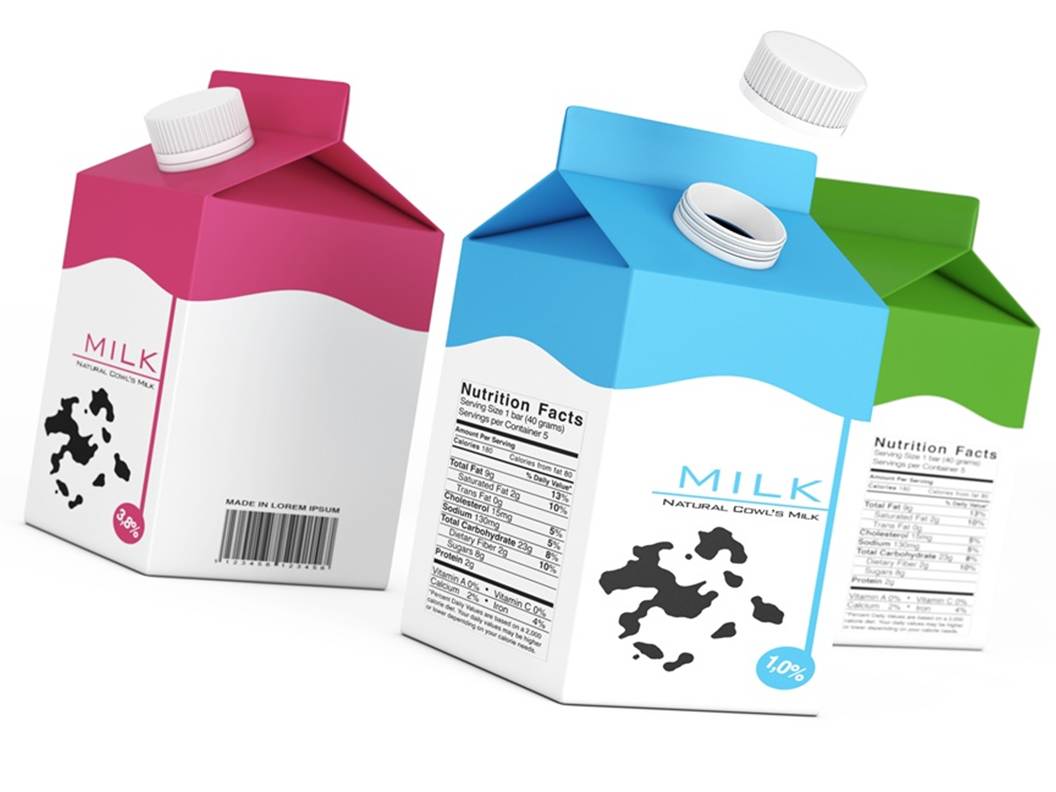Like in many countries, in Canada the packaging and labeling of food is subject to regulation, both to prevent false advertising and to promote food safety. Food labels help you make informed food choices by providing the information about:
- Ingredients
- Nutrition facts
- Serving sizes
- Percent daily value
- Health claims
Ingredients

The ingredient list shows all the ingredients in a packaged food. Ingredients are listed in order of weight, beginning with the ingredient that weighs the most and ending with the ingredient that weighs the least. This means that a food contains more of the ingredients found at the beginning of the list, and less of the ingredients at the end of the list.
Reading the ingredient list is both important and useful. It can help you:
- Check if a food product has a certain ingredient.
- Avoid ingredients in case of a food allergy or intolerance.
Nutrition Facts Tables
By law, most packaged food in Canada must have a nutrition facts table. A nutrition facts table can help you make informed food choices when grocery shopping and preparing food at home. It gives you information on serving size, calories, per cent of daily value % DV, and the 13 core nutrients.
Serving Size
Information in the nutrition facts table is based on a quantity called serving size. It is listed at the top of the table. Serving size is not necessarily the suggested quantity of food you should eat. The serving size tells you the quantity of food used to calculate the numbers in the nutrition facts table.
Serving size is listed in a common household measure. It also is listed in grams or millilitres depending on the type of food. Common household measures include:
- a fraction of a food such as 1/4 pizza (90g)
- number of pieces such as 4 crackers (20g)
- cups, teaspoons or tablespoons (3/4 cup of yogurt [175 g] or 1 tablespoon of peanut butter [15 g])

The percent daily value (% DV)
The percent daily value (% DV) tells you if the serving size has a little or a lot of a particular nutrient.
- 5% DV or less is a little
- 15% DV or more is a lot
Nutrition Claims
Nutrient content claims describe the amount of a nutrient in a food. “A good source of iron” is an example of a nutrient content claim. These claims must also follow certain rules from Health Canada to make sure that they are consistent and not misleading. These claims are optional and may be found on some food products.
Health claims
Health claims are statements about the helpful effects of a certain food consumed within a healthy diet on a person’s health. For example, “a healthy diet containing foods high in potassium and low in sodium may reduce the risk of high blood pressure, a risk factor for stroke and heart disease” is a health claim.
















